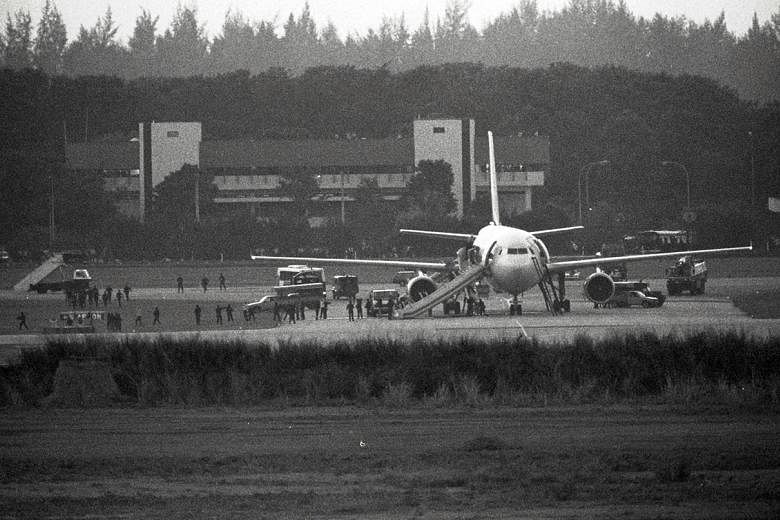When riots broke out, when a hotel collapsed, when a crime was committed, The Straits Times was there - chronicling the moment, keeping an eye on the pulse of the nation, trying hard to get to the heart of the matter.
The paper's guiding principle has been to keep readers suitably informed of significant developments in Singapore and those in the region or the world that could have a bearing on their lives.
But a focus on stories that mattered the most to readers played a crucial role in making ST the most widely read newspaper in the Republic, with growing readership in the region and beyond as well.
Writing for a special to mark the 150th anniversary of this paper, then Assistant Political Editor Sonny Yap noted that The Straits Times editors would make room for at least one human interest item on every page to spice up the day's menu of hard news, in those days.
"What makes a human interest story compelling is that it allows us to be vicarious participants," he wrote.
The list of the most impactful stories this paper has written on over the years is difficult to enumerate - several as these were, playing their own part in shaping the nation's collective consciousness.
These ranged from those that celebrated achievements to those that went deep into tragedies. There were tales of heroes and there were articles of people and issues that needed attention as the nation marched towards its chosen destiny.
We've listed 10 on this page but there were days and nights of cliffhanger suspense and drama when four terrorists attacked the Shell oil refinery at Pulau Bukom and hijacked a ferry with five hostages in 1974. And there were gnawing moments when commandos stormed and freed all 123 hostages on a hijacked SQ117 in 1991.
Individual tales also made an impact.
One of the memorable stories captured in the 2015 celebrations of this paper's 170th anniversary was the 1989 tale of Kopitiam boss Lee Bee Huat, who cleaned tables at coffee shops for $1 at night and was so poor that he would eat the food left by people at roadside offerings during the Hungry Ghost festival.
But he worked his way up and had finally had more than 80 outlets and would give his staff a Rolex watch when they completed 10 years of service with him.
Another is the tale of policeman Rahman Khan, who was once shot by Singapore's most famous cop killer, Botak. But of all his assignments that he remembered most was the gruesome body count he had to do after Greek tanker Spyros exploded at Jurong Shipyard, killing 76 workers. The explosion has been described as the Republic's worst post-war disaster in terms of lives lost.
In an interview with this paper for its 160th anniversary, former editor Cheong Yip Seng recalls: "Newspapers generally served the cause of their owners. For example, The Economist was started to campaign for free trade. When Lord Beaverbrook of Britain owned the Daily Express of London in the 1950s, he used it to fight for the preservation of the British empire.
"ST was no different in the early days. It was owned by the British, and it championed their interests. Our editorial policies changed with the end of colonialism. ST made the interests of Singaporean readers its chief concern," he said.
A memorable discussion that took place during his time and reflected in the paper's pages was on "Why do Singaporeans pat the seats on buses before they sit down?"
That focus on going beyond coverage of just policy decisions and hard news to also understand societies continued as ST expanded its regional presence.
As China sped towards economic take-off, former ST editor Leslie Fong himself led the charge. In the coming years, the paper built up perhaps the most extensive network of bureaus and contributors in the region, among English-language newspapers.
That effort saw the paper winning regional readership for its coverage of Jemaah Islamiah and terrorism, the severe acute respiratory syndrome (Sars) outbreak, the Indian Ocean tsunami, the Iraq war and the Asian financial crisis among others, as it deputed its bureaus and photographers to capture these moments.
Current editor-in-chief Warren Fernandez, on his return in 2012 to helm the paper, made it his priority to transform the ST newsroom into a multimedia operation to meet future readership needs.



